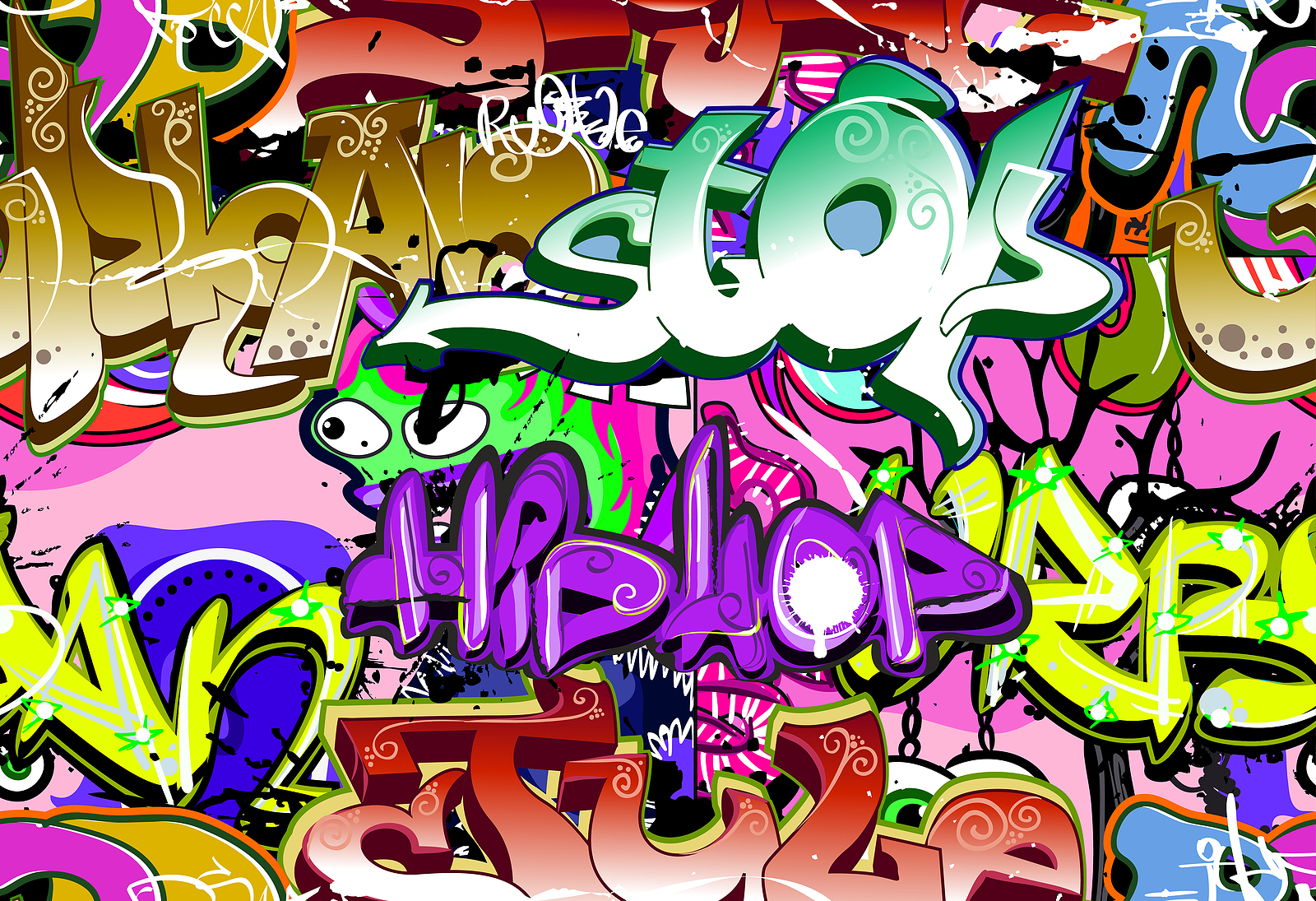Contemporary street art is a vibrant world of versatile styles, techniques, and approaches. How did this field of art emerge and develop? What affected the evolution of graffiti art styles? Read on to get acquainted with the processes that shaped the graffiti art that we know today.
When did graffiti emerge?
The origins of present-day graffiti can be traced to the US street art of the 1960s. The first bold works of street art emerged in New York; the early forms of graffiti looked like bright tags, or signatures, which were symbolically used to mark some gang’s territory. The early graffiti styles were primarily limited to colorful letters and spray paint techniques. It was common to shape letters in bubble form or pieces, making the signature hard to read for the lay public. During that period, graffiti art was mostly associated with the rebellious underground communities and gangs, thus belonging to the illegal realm.
How did major graffiti art styles form?
As time passed by, new graffiti art styles branched out of the initial bubble letters and spray-paint images. At present, street art experts distinguish the following dominant graffiti techniques.
- Tagging. The tag style involves making graffiti in the form of an artist’s name or recognizable signature. It is the earliest form of graffiti discussed above.
- Throwies are a more advanced form of tagging, which developed during a later period. They employ bubble letters and 2-3 colors to contrast the letters’ frames and filling.
- Blockbusters are a large and simple form of letter drawing, often using a monochromatic color scheme. They are created with thick, straight lines and are large in size.
- Wildstyle graffiti is large-scale and complex, involving an intricate mix of letters, arrows, and abstract shapes to create a consistent image.
- Pieces (shortened from “masterpieces”) are complex and detailed, often featuring signature elements of the artist’s creative style.
- Stencils. This conceptual form of street art was introduced in the 1970s by Blek le Rat and embraced by many internationally famous artists, including Banksy. Stencils often feature pressing political, social, and ecological issues and cause thought-provoking reflections among the audiences.
This is not the complete list of graffiti styles you may come across in the streets of your city. Street artists also create 3D graffiti, abstract images, cut-out graffiti, and “heaven” graffiti located on hard-to-reach roofs and walls. All of these styles reflect the ever-changing sentiment of the street culture and reflect unique subcultures and the zeitgeist.

